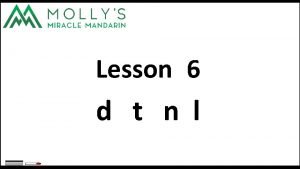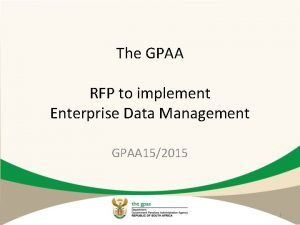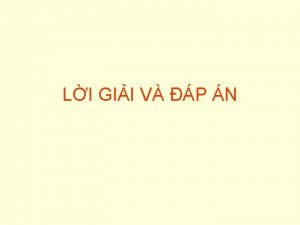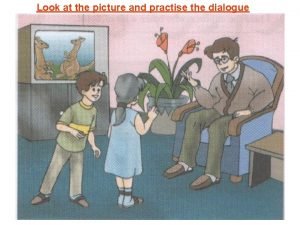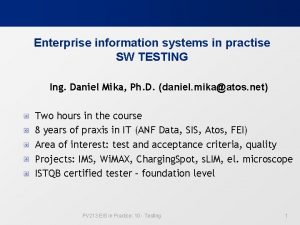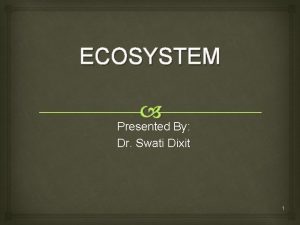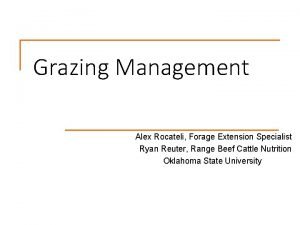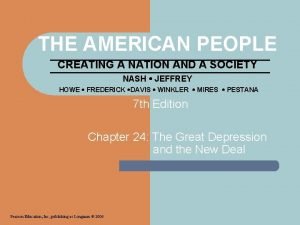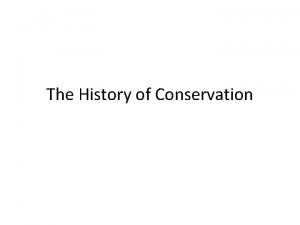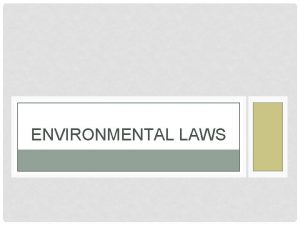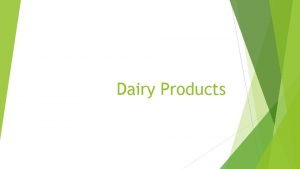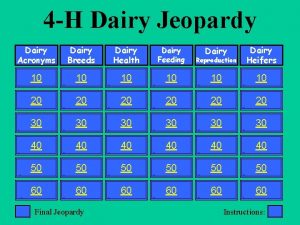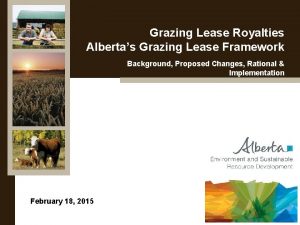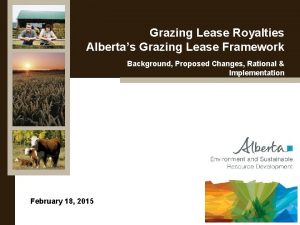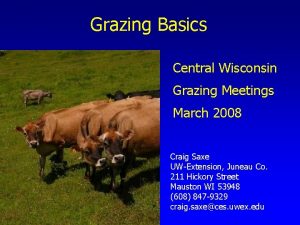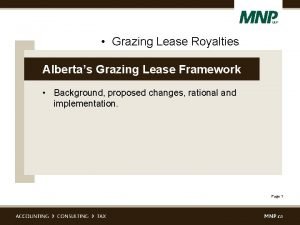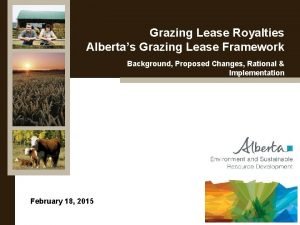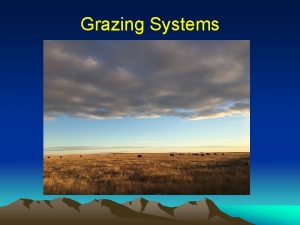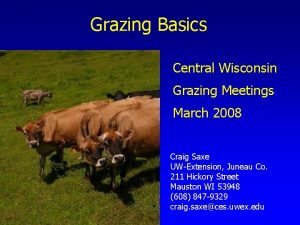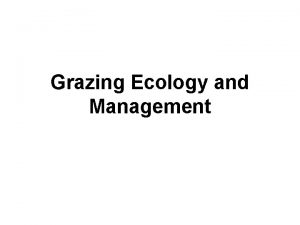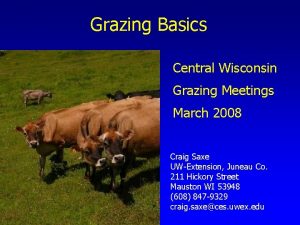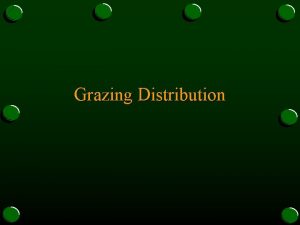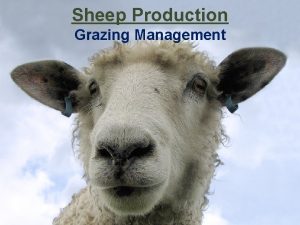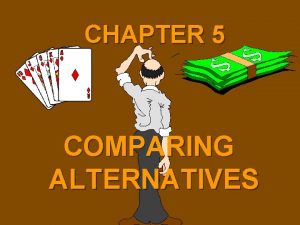Genetic Alternatives for Dairy Producers who Practise Grazing




















- Slides: 20

Genetic Alternatives for Dairy Producers who Practise Grazing H. D. Norman, J. R. Wright, R. L. Powell Animal Improvement Programs Laboratory Agricultural Research Service, USDA Beltsville, MD 20705 -2350 dnorman@aipl. arsusda. gov 301 -504 -8334 XX International Grassland Conference 2005 1) ( 2005

What genetic programs work well for U. S. graziers? XX International Grassland Conference 2005 2) (

Grazier breeding l l Objective – Cattle with better fertility or other desired characteristics Approaches (occasional use) – Bulls from countries thatpractise grazing – Bull breed different from cow breed – Effectiveness? XX International Grassland Conference 2005 3) (

Phenotypic trend in days open Lactation 1 2 3 4 5 XX International Grassland Conference 2005 4) (

Comparison l Daughter performance within herd – New Zealand AI Holstein or Friesian bulls – Other AI Holstein bulls (predominantly U. S. ) l Cows included – Records in AIPL national database – Calved before March 2004 – Time to express the performance traits XX International Grassland Conference 2005 5) (

Yield and SCS data l l l First-lactation daughters(149 herds) – 489 sired by New Zealand bulls – 5419 sired by U. S. bulls Second-lactation daughters(126 herds) – 345 sired by New Zealand bulls – 5057 sired by U. S. bulls Third-lactation daughters(78 herds) – 174 sired by New Zealand bulls – 2840 sired by U. S. bulls XX International Grassland Conference 2005 6) (

Yield results l l l Milk U. S. daughter superiority – First lactation 501 kg*** – Second lactation 467 kg*** – Third lactation 448 kg*** Fat New Zealand daughter advantage – First lactation 2 kg – Second lactation 2 kg – Third lactation 2 kg Protein U. S. daughter superiority/advantage – First lactation 5 kg** – Second lactation 5 kg* – Third lactation 4 kg XX International Grassland Conference 2005 7) (

Economic value l l l Current U. S. milk prices MFP$ = 0. 012 1. 30 fat + 2. 30 protein milk + U. S. daughter MFP$ advantage – First lactation $35. 09 – Second lactation $30. 83 – Third lactation $28. 39 XX International Grassland Conference 2005 8) (

SCS results l l l First lactation U. S. daughter advantage of 0. 1 Second lactation U. S. daughter superiority of 0. 2*** Third lactation U. S. daughter advantage of 0. 2 XX International Grassland Conference 2005 9) (

Days open data l l l First-lactation daughters(138 herds) – 450 sired by New Zealand bulls – 5036 sired by U. S. bulls Second-lactation daughters(112 herds) – 311 sired by New Zealand bulls – 4781 sired by U. S. bulls Third-lactation daughters(68 herds) – 146 sired by New Zealand bulls – 1939 sired by U. S. bulls XX International Grassland Conference 2005 10) (

Days open results l l l First lactation New Zealand daughter superiority of 7 days* Second lactation U. S. daughter advantage of 2 days Third lactation U. S. daughter advantage of 3 days XX International Grassland Conference 2005 11) (

Type data l First-lactation daughters(42 herds) – 76 sired by New Zealand bulls – 376 sired by U. S. bulls XX International Grassland Conference 2005 12) (

Type results l l l Size composite New Zealand daughters smaller by 0. 91 points*** Udder composite U. S. daughter advantage of 0. 79 points Foot composite U. S. daughter superiority of 0. 68 points** XX International Grassland Conference 2005 13) (

Conclusions l Strain differences between U. S. Holsteins and New Zealand Friesians for several traits l Higher milk and protein yields for U. S. bull daughters l Lower first-lactation SCS for U. S. bull daughters XX International Grassland Conference 2005 14) (

Conclusions (continued) l Fewer first-lactation days open for New Zealand bull daughters l Smaller body size for New Zealand bull daughters l Better feet for U. S. bull daughters XX International Grassland Conference 2005 15) (

Caution All strain differences influenced by individual bulls chosen from each country XX International Grassland Conference 2005 16) (

Recommendations to breeders l l l Don’t select bulls solely on one trait because many traits have economic value Consider economic value of all performance traits in your own market when making genetic choices For seasonal calving, use an index that puts more weight on daughter fertility than those recommended for the general industry XX International Grassland Conference 2005 17) (

Alternative approaches l Comparisons needed – Productive life – Crossbreds l Advantages of either alternative XX International Grassland Conference 2005 18) (

Crossbreeding l Heterosis – Milk 3. 4% – Fat 4. 4% – Protein 4. 1% – SCS 0. 7% – Days open XX International Grassland Conference 2005 19) ( 1. 8%

Thank you! XX International Grassland Conference 2005 20) (
 Genetic drift
Genetic drift Genetic drift คือ
Genetic drift คือ What is the difference between genetic drift and gene flow
What is the difference between genetic drift and gene flow Genetic programming vs genetic algorithm
Genetic programming vs genetic algorithm Genetic programming vs genetic algorithm
Genetic programming vs genetic algorithm Dtnl
Dtnl What is safe dance practise
What is safe dance practise Enterprise content management rfp
Enterprise content management rfp Practise ving
Practise ving Presentation, practice production
Presentation, practice production Naplan online practise
Naplan online practise Activity 14 look at the pictures and practise the dialogue
Activity 14 look at the pictures and practise the dialogue You shoould not go out.....it's raining heavily
You shoould not go out.....it's raining heavily Testinging
Testinging Detritus food chain
Detritus food chain Food chain food chain food chain
Food chain food chain food chain Alex rocateli
Alex rocateli Taylor grazing act 1934
Taylor grazing act 1934 Taylor grazing act 1934
Taylor grazing act 1934 Pyramid of biomass in aquatic ecosystem
Pyramid of biomass in aquatic ecosystem Taylor grazing act 1934
Taylor grazing act 1934





